252 Ergebnisse gefunden
Skip results of view Datenbeiträge

- Data Story
In our ‘Linking data’ series, we present EU projects that use linked open data (LOD) . You may be wondering, what data is linked in their projects? Why did they decide to use LOD? What benefits does it bring? Follow the series to find out. In this episode, we will take a closer look at data.europa.eu, the official portal for European data. Central point of access to public sector data in Europe In...
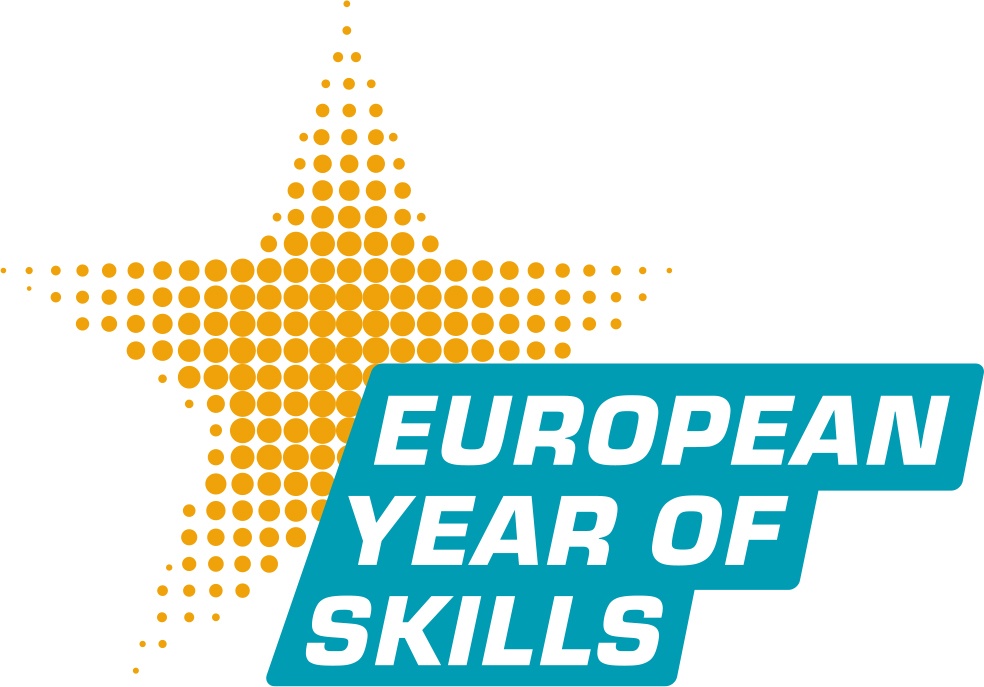
- Data Story
In October, the President of the European Commission Ursula Von Der Leyen announced her intention to make 2023 the ‘European Year of Skills’, including digital skills. Why does Europe need to focus on digital skills? Which steps have been taken at EU level to realise the European Year of Skills? And how does data.europa.eu contribute to this mission? The European skills gap Currently more than...
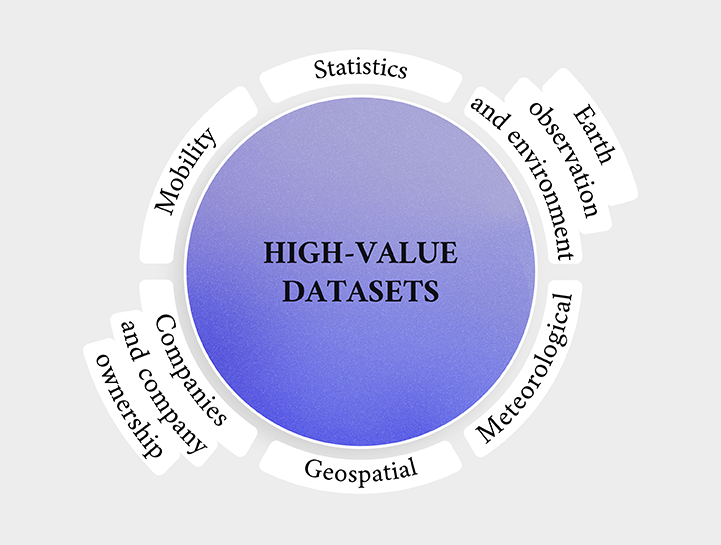
- Data Story
Introduction to high-value datasets In light of the growing importance of data, the European Commission has recently adopted an implementing act focused on high-value datasets on 21 December 2022. As stated by both the European Parliament and the Council of the European Union, these datasets provide important benefits for society, the environment and the economy. Additionally, as hinted by their...
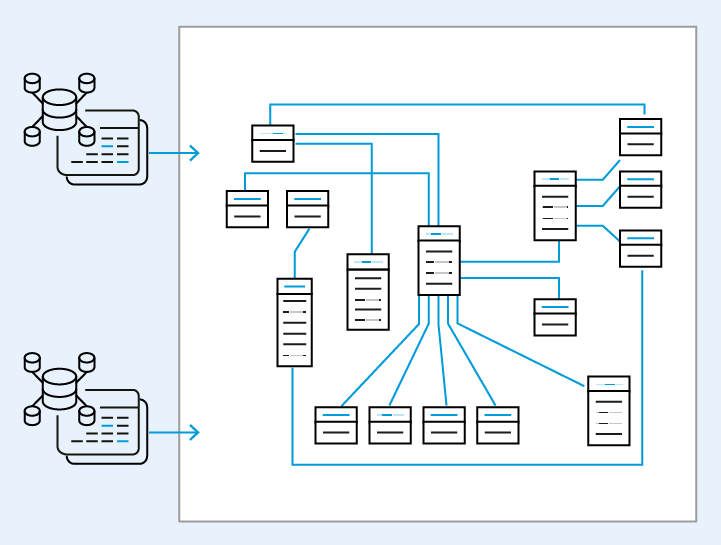
- Data Story
In our ‘Linking data’ series, we present EU projects that use linked open data (LOD) . You may be wondering, what data is linked in their projects? Why did they decide to use LOD? What benefits does it bring ? Follow the series to find out. In this episode, we are presenting the Data Catalogue Vocabulary (DCAT) and its application profile for data portals in Europe. Read on to find out what DCAT...

- Data Story
Open dissemination of public administration data is critical to ensure the transparency and accountability of policy actions and to empower citizens in democratic processes. While a large amount of European Union data is available in textual format, the Publications Office of the European Union has also made most of this structured data openly available through semantic web technologies and links...

- Data Story
In the past year, energy prices have been soaring and Europe has now entered an ‘ energy crisis’. The war in Ukraine is one of the reasons for this, but it is not the only factor that explains the current situation in Europe’s energy market. Energy prices are sensitive to a range of economic, social, political and environmental factors. What is behind the soaring energy prices of today? Can open...
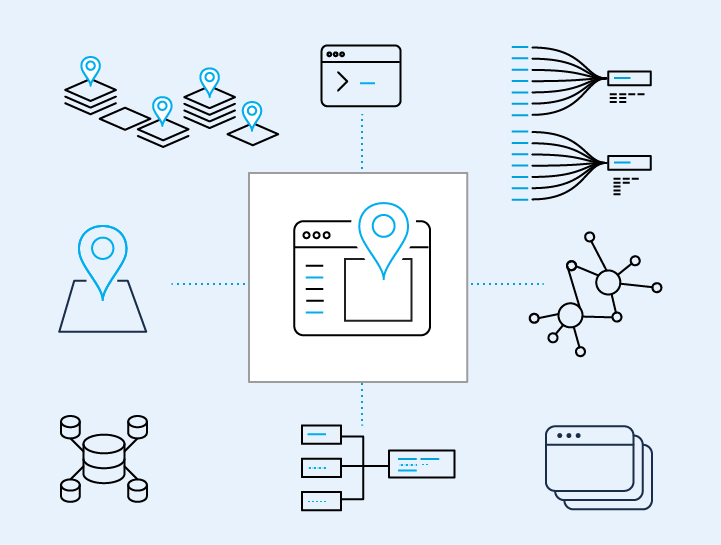
- Data Story
In our ‘Linking data’ series, we are presenting EU projects that use linked open data (LOD) . What data is linked in their projects? Why did they decide to use LOD? What benefits does it bring? Follow the series to find out. In this episode, we are presenting the Kohesio platform. Read on to find out what it is, and how and why it uses LOD. EU cohesion policy The EU’s cohesion policy contributes...
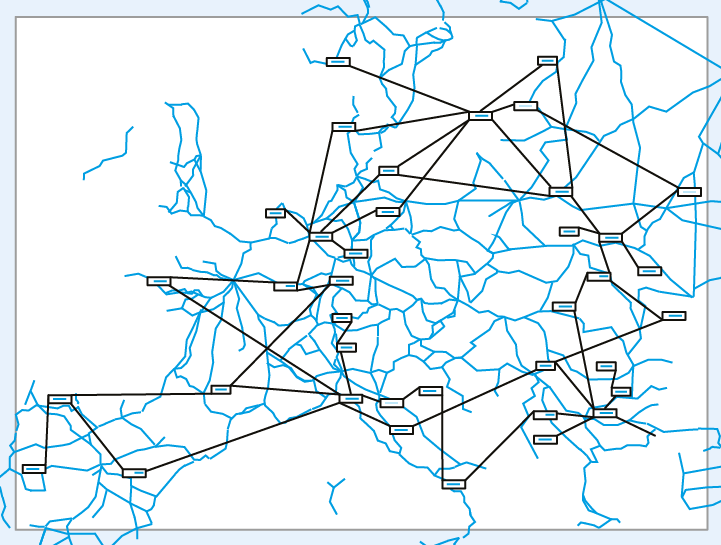
- Data Story
In our ‘Linking data’ series, we are presenting EU projects that use linked open data (LOD). What data is linked in their projects? Why did they decide to use LOD? What benefits does it bring? Follow the series to find out. In this episode, we are presenting Route Compatibility Check, an application developed by the European Railway Agency (ERA). Read on to find out what it is, and how and why it...

- Data Story
(Open) data and the healthcare sector Health is one of the top priorities of the European Commission. To support healthcare in European Union (EU) Member States, EU policies and actions in public health aim to: Protect and improve the health of EU citizens; Support the modernisation of health systems and infrastructure; Improve the resilience of Europe’s health systems; and Equip EU countries to...
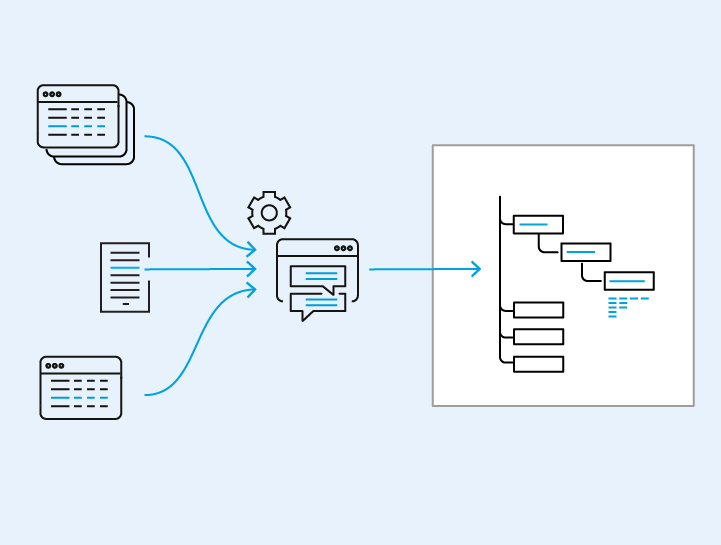
- Data Story
In our ‘Linking data’ series, we are presenting EU projects that use linked open data (LOD). What data is linked in these projects? Why did they decide to use LOD? What benefits does it bring? Follow the series to find out. In this episode, we are presenting the European Science Vocabulary. Read on to find out what it is and how and why it uses LOD. CORDIS – EU research and development database...
